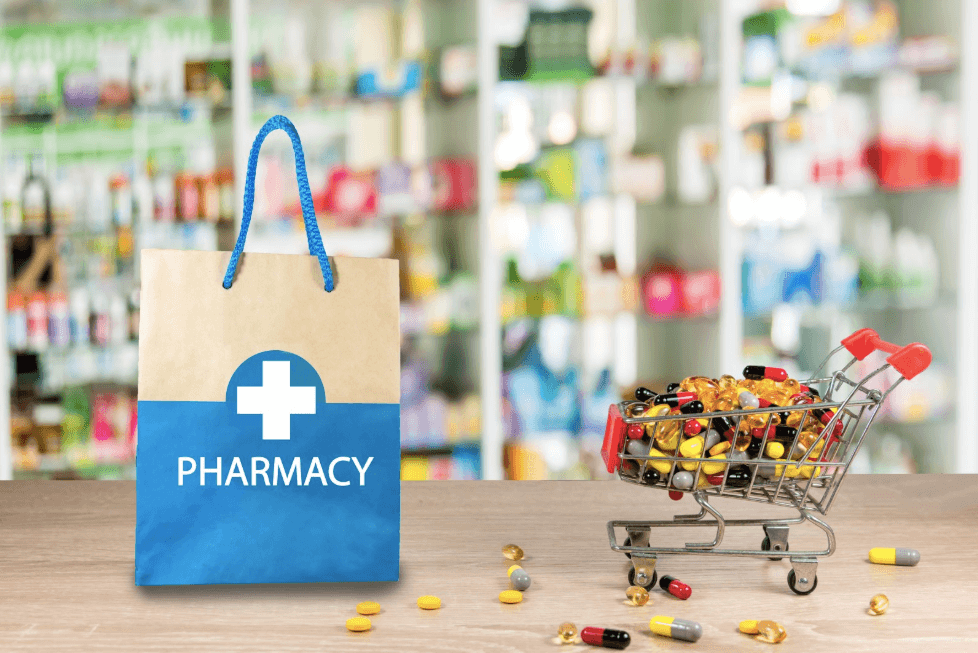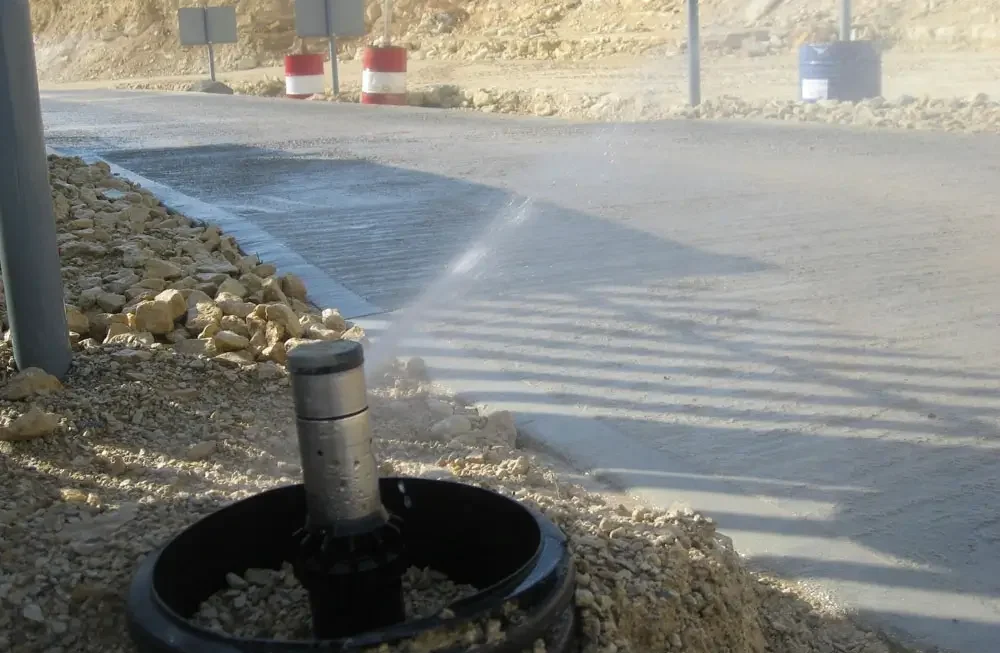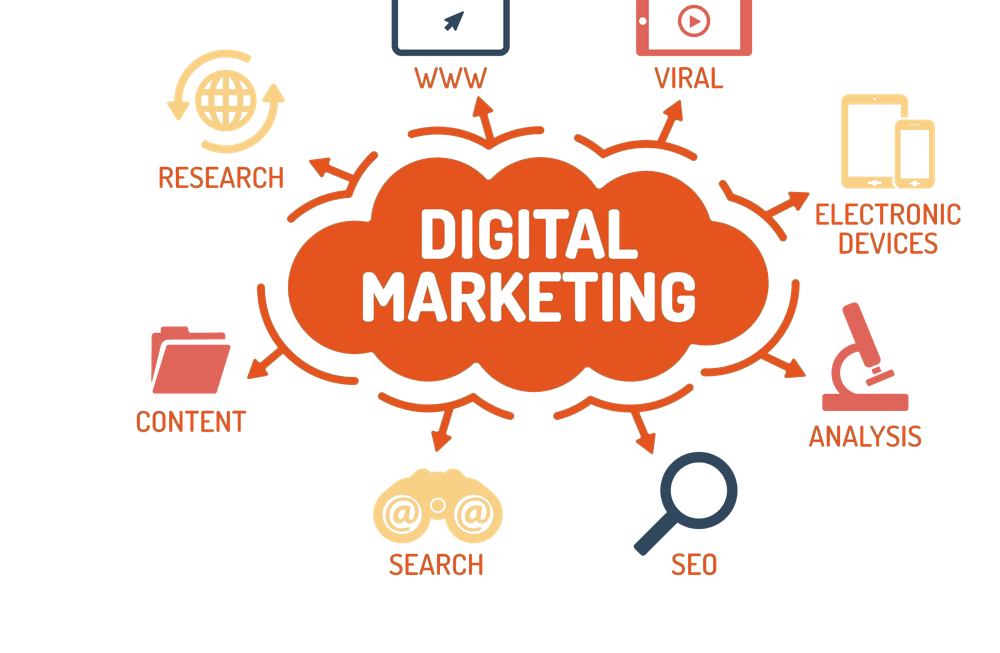Pharmaceutical packaging suppliers
There are a number of challenges the pharmaceutical companies face in order to keep up their packing trends up to the latest standards. As far as the pharmaceutical industry is concerned there is an increasing demand for sterile packaging of the medicines. It is also important to consider the type of packaging that better protects the product. There is also an increased focus on sustainable packaging that is a reflection of an increased commitment from the food and the consumer goods companies. The pharmaceutical companies are also examining new ways to improve the handling and packaging of their potent components. The increased personalization of patient care therapies requires companies to determine how best to pack low volume and high-value products.
The highlights of the packaging of the pharmaceutical market in the year 2018:
The year 2018 was the year that focused predominantly on product serialization. This serialization of products helps in protecting and enhancing patient safety regulations. This has to be carried out efficiently in counterfeits and in internal and external packaging sites. Pharmaceutical companies have to enhance their sustainability efforts through their environmentally friendly packaging designs. They were forced to a situation where they have to implement ways to reduce the environmental footprint of their packaging.
They also had to innovate their packaging design, engineering techniques, and future packaging equipment. The pharmaceutical packaging suppliers also had to reduce the complexity of their harmonization efforts so as to render a more robust supply. Pharmaceutical packaging is witnessing significant growth in the pharma and the consumer industries and is been driven by the lifestyle of consumers and their preference to live a healthy life. A lot of refill packaging seems to be driven predominantly by cost and other sustainability issues.
Challenges faced by the packaging industry in the year 2018:
Some of the biggest packaging challenges for the pharmaceutical industry in reconfiguring their capabilities in packaging so as to meet the future portfolio of their products. This includes the drive to have packaging that is free from defects and issues. Other significant challenges for the packaging industry are the global trading system and regionalization. The old challenges in terms of packaging cost still remain and newer challengers are driven towards sustainability, recycling, use of plastics and newer regulations around the different aspects of packing and materials used in packing.
Pharmaceutical packaging trends to look for in the year 2019:
In order to outperform the pharmaceutical packaging trends in the year 2018 and to overcome its challenges, the following six trends for the year 2019 have been outlaid. According to recent research and analysis, the following six trends are shaping the future of the global pharmaceutical packaging industry.
The most important packaging trends that have been identified by the researchers and based on the insights from the industry experts are serialization, sustainability, smaller production lots, patient engagement, innovation in the machinery used in packaging and the devices available for delivery of medication.
Let us discuss each of them in detail here.
- Track and trace:
The European Union regulations that mandate serialization in the pharmaceutical industry, reinforces the importance of serialization of medicines. The same has been reinforced by the U.S Drug Supply Chain Security Act as well and their compliance deadlines have been extended till the year 2023. The serialization and trace and track initiatives are geared to enhance the authenticity and traceability of pharma produces.
- Sustainability:
The Pharmaceutical packaging suppliers along with the pharma industry itself are placing more focus on sustainability. By making use of lifestyle analysis, recyclable and biodegradable packaging materials and reducing the carbon footprint they tend to enhance sustainability in pharmaceutical packaging. For example, patients returning used inhalers and other devices to the pharmacy is the motto of in-store recycling.
- Patient Engagement:
Drug packaging will make it easy for patients and health care providers in managing doses, drug compliance, and overall treatment experience. Pre-filled syringes, auto-injectors, and smart packaging techniques are few examples.
- Small production lots:
The development of personalized medicines will result in smaller production lots; this will again fuel demand for packaging machinery that fits small lot sizes. Measures are underway to automate the manufacturing, filling, and packaging of medicines meant for personalized cell and genetic therapies.
- Packaging machinery automation:
The equipment that is in use for the pharmaceutical packaging industry is expected to move towards 3D printing and robotics. They are also well suited for rapid prototyping and for small production lots.
- Combination devises to deliver medicines:
With the innovation of dual-chamber devices, it will become easy for patients to adhere to their multi-drug protocols. The trend is to manufacture devices that will deliver two injectable medicines simultaneously to proliferate the treatment module of complex diseases like cancer.
Wrapping up:
Smart technologies and the internet of medical things are expected to shape the pharmaceutical packaging automation




